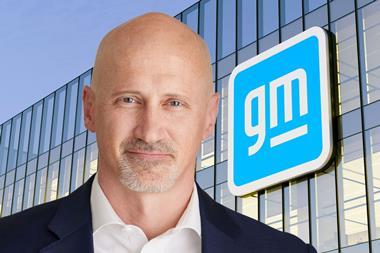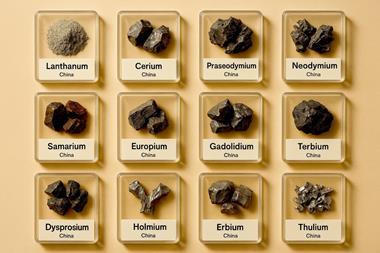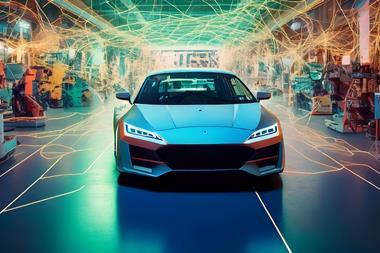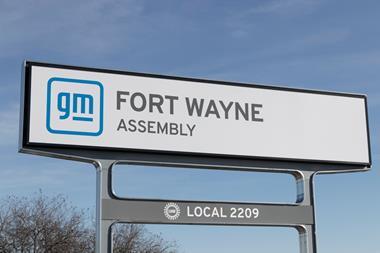AMS speaks to Pamela Fletcher, VP of General Motors' global EV programmes, about the manufacturer’s bold electrification plans

GM is planning a new EV platform. Can such a platform be more flexible compared with a standard combustion-engine platform?What’s more important than flexibility is optimisation. When you try to convert an ICE-based vehicle platform into an EV, you run into issues that could only be avoided by having a dedicated platform. For example, you don’t have to accommodate a fuel tank for some versions of the platform and a battery for other versions, allowing mass and physical sizes of things to be as optimised and efficient as possible.
How does integrating the batteries into the architecture, as Mary Barra has said, cut costs?In a dedicated entry, the battery can become a structural element of the vehicle and duplicate structure can be avoided, saving mass and reducing the work the battery has to do as well as cost. This is just one example.
Can you help drive down the cost of lithium-ion batteries to achieve your goal of $100 per kWh, or is that purely down to the supplier?We have significant research underway on advanced battery design including cell chemistry, construction and manufacturing processes. We have been at this for many years. We have work going on internally through GM Research as well as in partnerships with suppliers, investments in start-ups and more. We’ve placed many bets.
Is the make of the battery something the buyer cares about or is it just a commodity?We have a long track record of manufacturing battery packs for most of our electrified vehicles and, as a result, we never look at battery cells or packs as commodities. Safety and quality are also paramount considerations when it comes to our products and products from any of our suppliers.
What single biggest change can you make to cut the cost of lithium-ion batteries to your goal of 100 per kWh?We’re going to work closely with our suppliers and our own engineering teams on achieving this goal. We will discuss specifics related to how we get there at a later date.
What percentage of EVs do you think will be owned, and how many will be operated as part of an autonomous fleet?Personal ownership is going to account for the vast majority of EVs, and for all vehicles, going-forward. The autonomous fleet will provide an additive customer base.
How vertically integrated does GM need to be in building the electric drivetrain? Also, where is the value and uniqueness for GM in terms of brand separation once EVs become more popular?We have always operated on a three-pronged strategy: build, buy and partner. What that means is, we will build parts ourselves where it helps to differentiate our vehicles and improve internal competencies, and will buy from the best suppliers in areas with specifics expertise or commodities. We will also partner with suppliers where it makes sense; our close integration with LG Electronics on the Bolt EV is a great example of that. We worked closely with LG Electronics to develop not just the battery cells, but also the electric drive motor and HVAC systems, which helped us to reduce our capital investment while still achieving quality targets.
EVs need to be lighter but lightweight materials and technologies can be expensive, pushing up the cost of the final car. Is there a solution?Our teams are working on material optimisation. Exactly which materials we decide upon and their specific use will be outlined when we get closer to launch. Some examples of lightweighting success from our current portfolio include the T1, which is the next-generation truck platform, and the Chevrolet Malibu.
What specific technical challenges are there in building EVs? Would you ideally want batteries built near to the car assembly or does it not matter?We have extensive experience in manufacturing EVs. We build the Chevrolet Volt at our Detroit-Hamtramck assembly plant and manufacture the Bolt EV at our Orion Township assembly plant in Michigan. We also build the Cadillac CT6 Plug-In and the Buick Velite 5 in China. We build batteries close to our Michigan assembly plants and we are on the cusp of commissioning our battery pack assemble plant in China. I think this shows that we have extensive experience in managing a complex global supply chain and we’ll continue to leverage this expertise in the future.




































